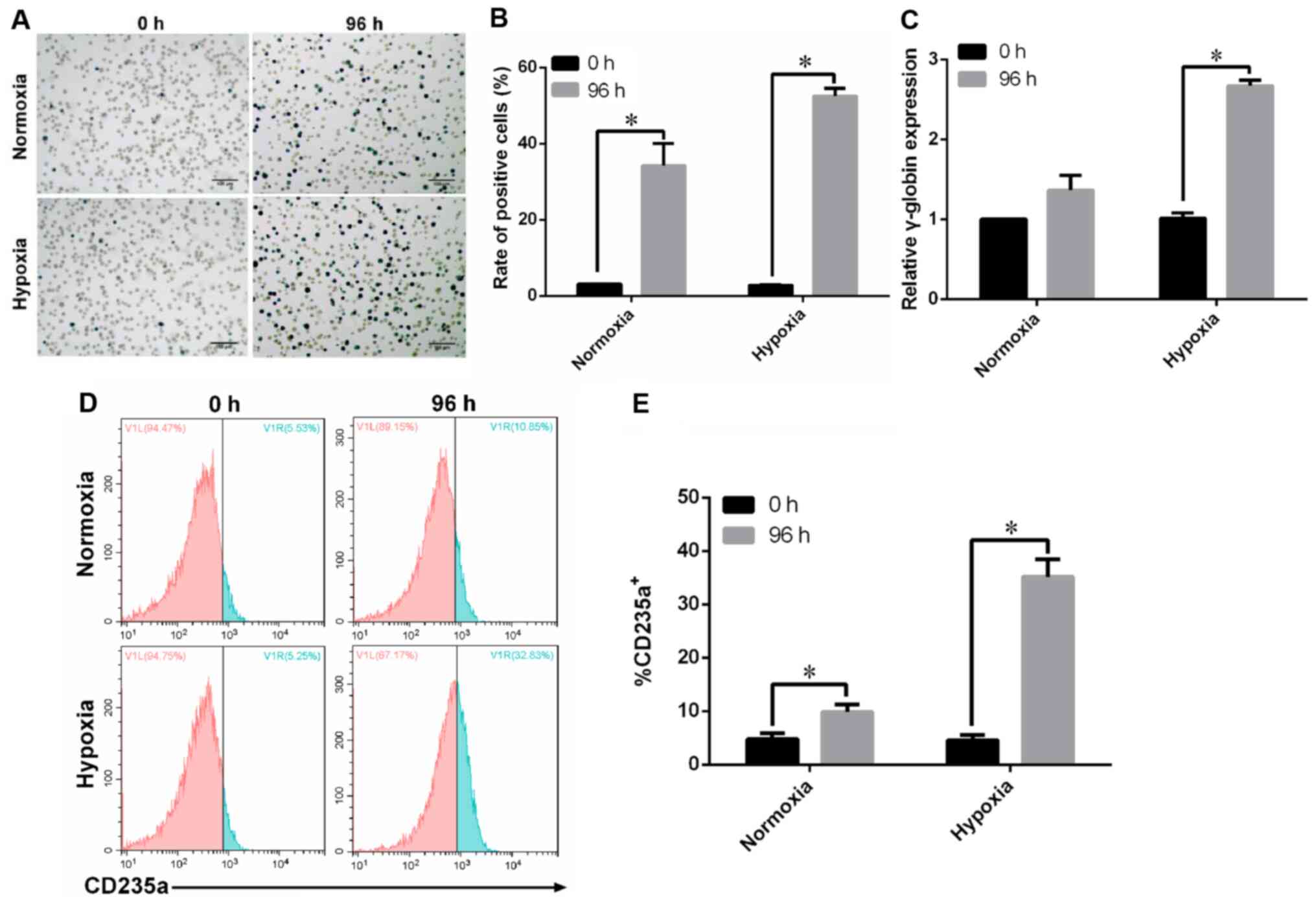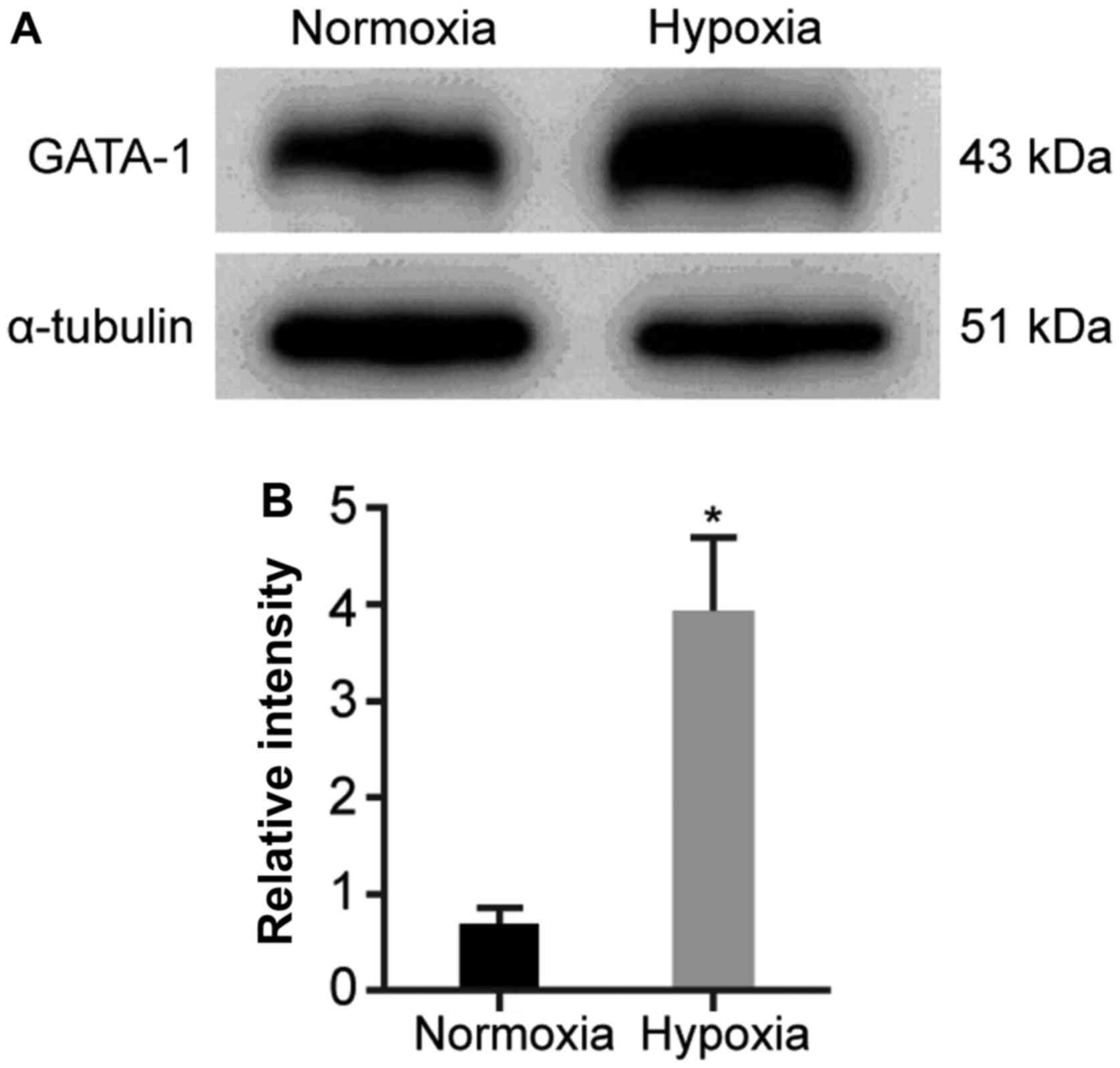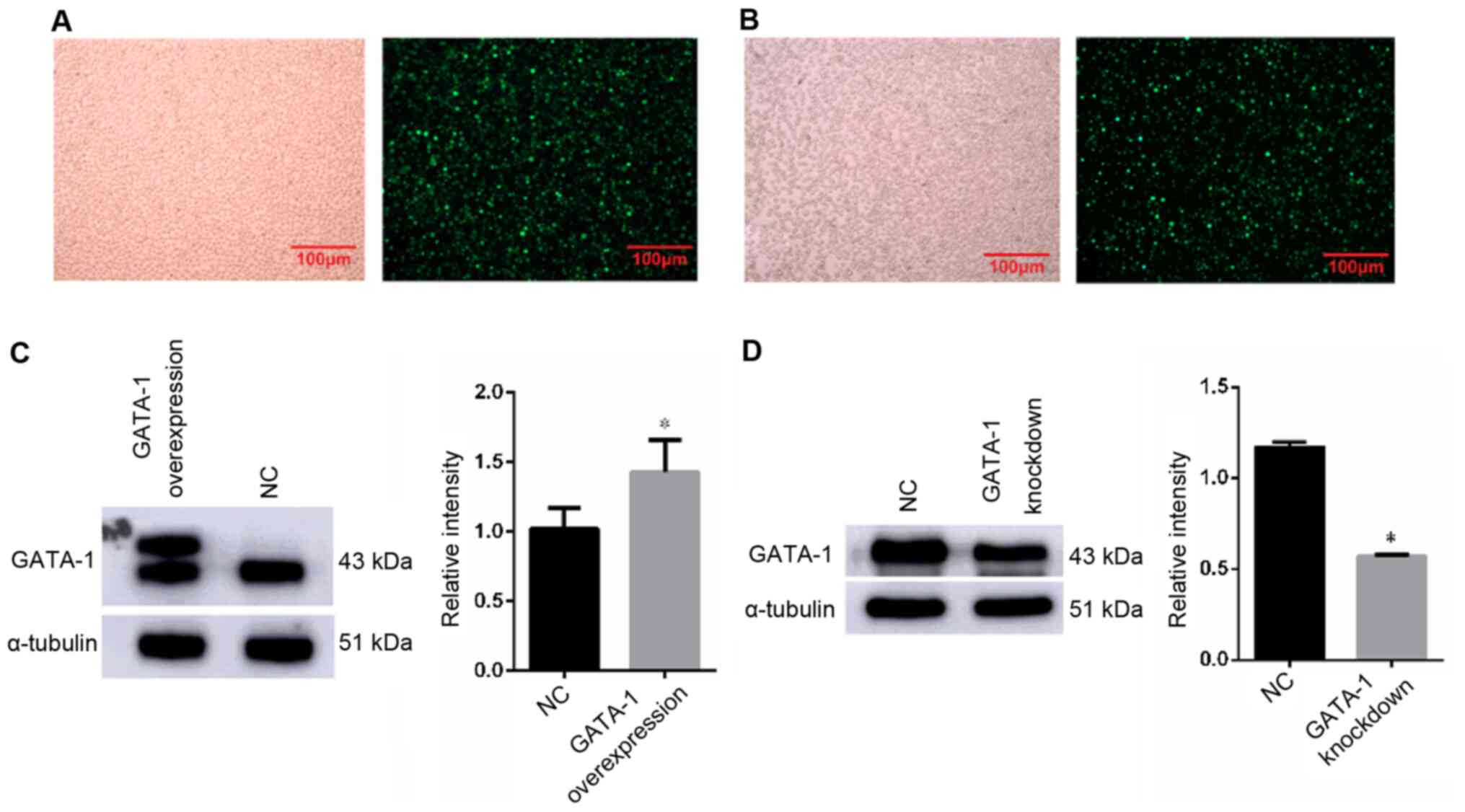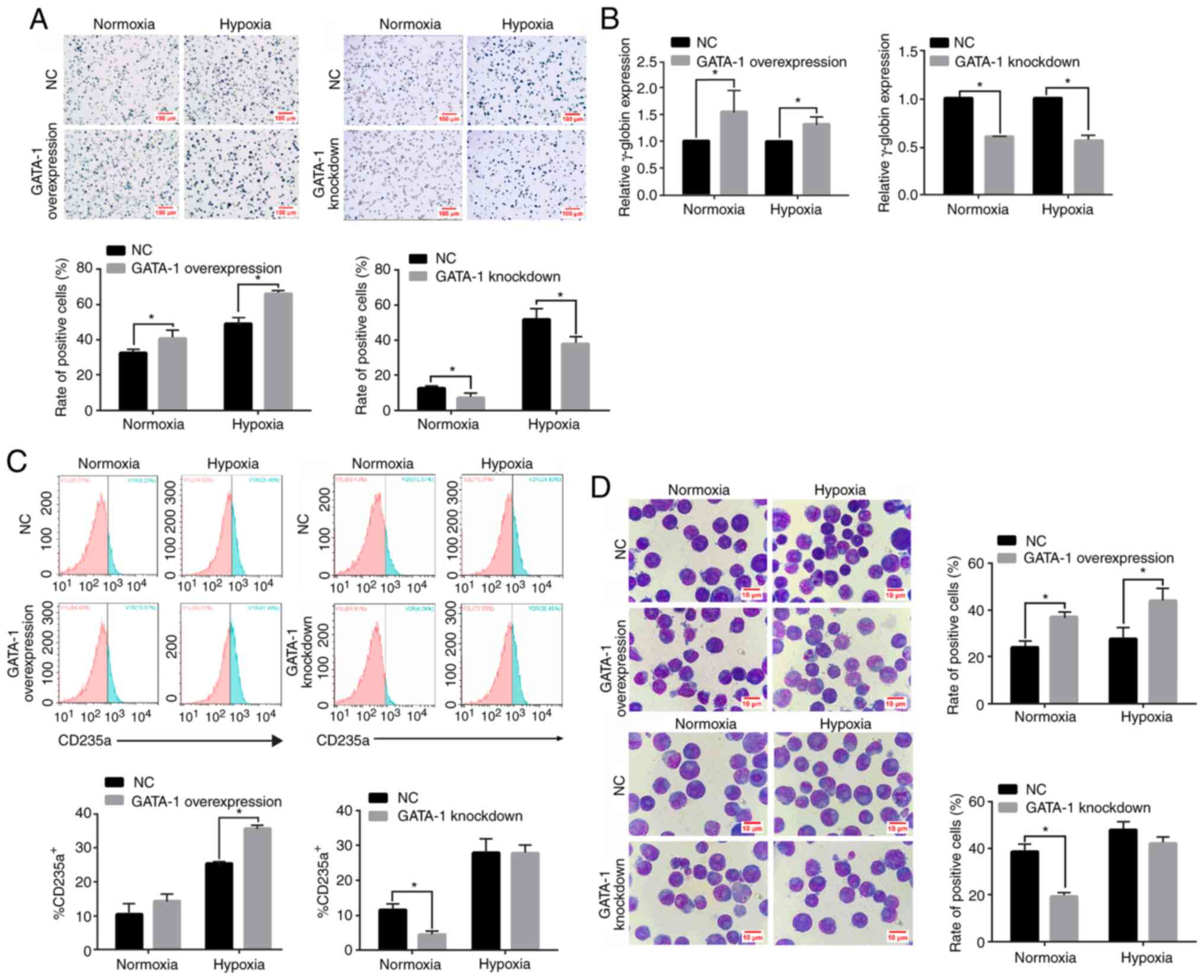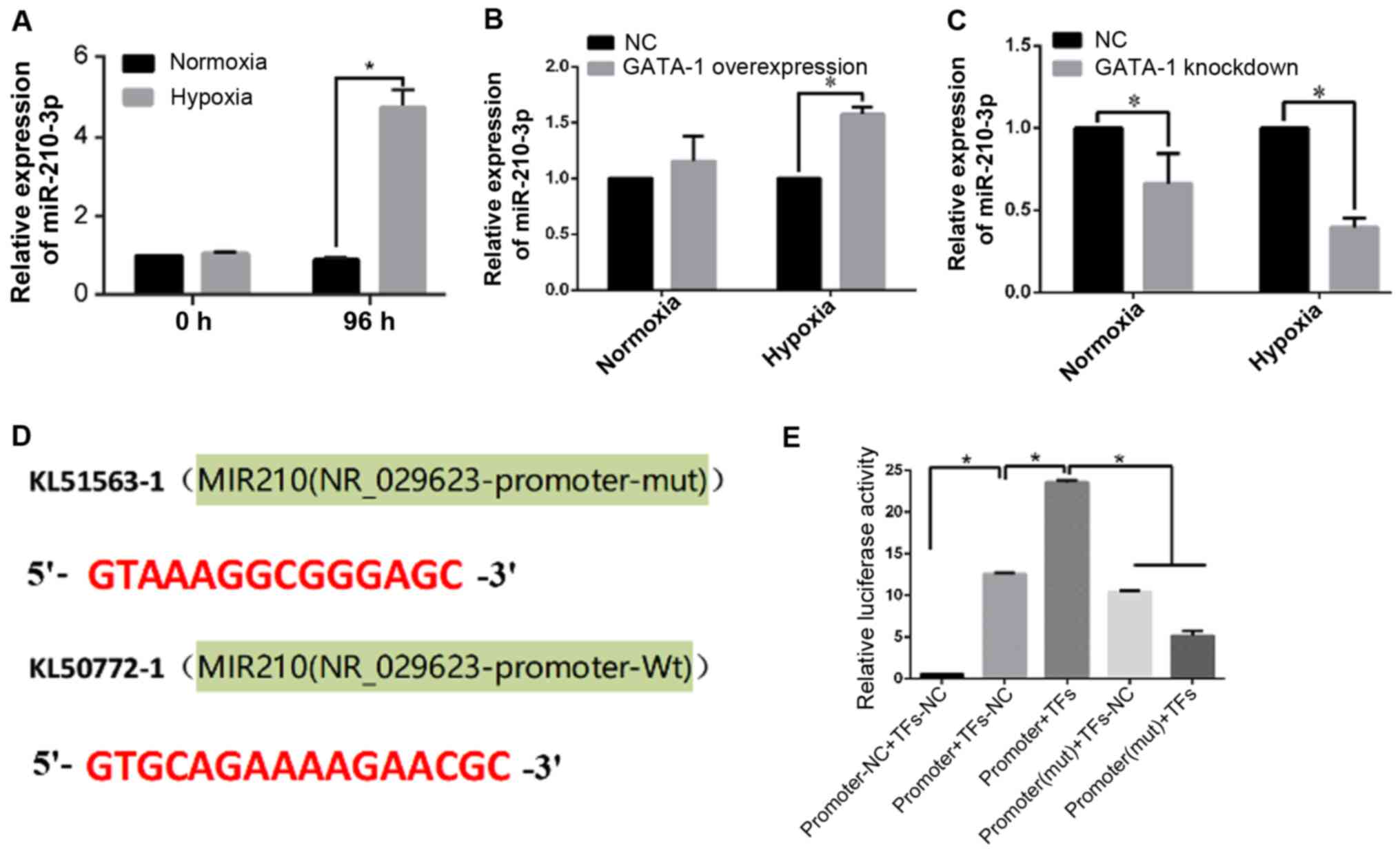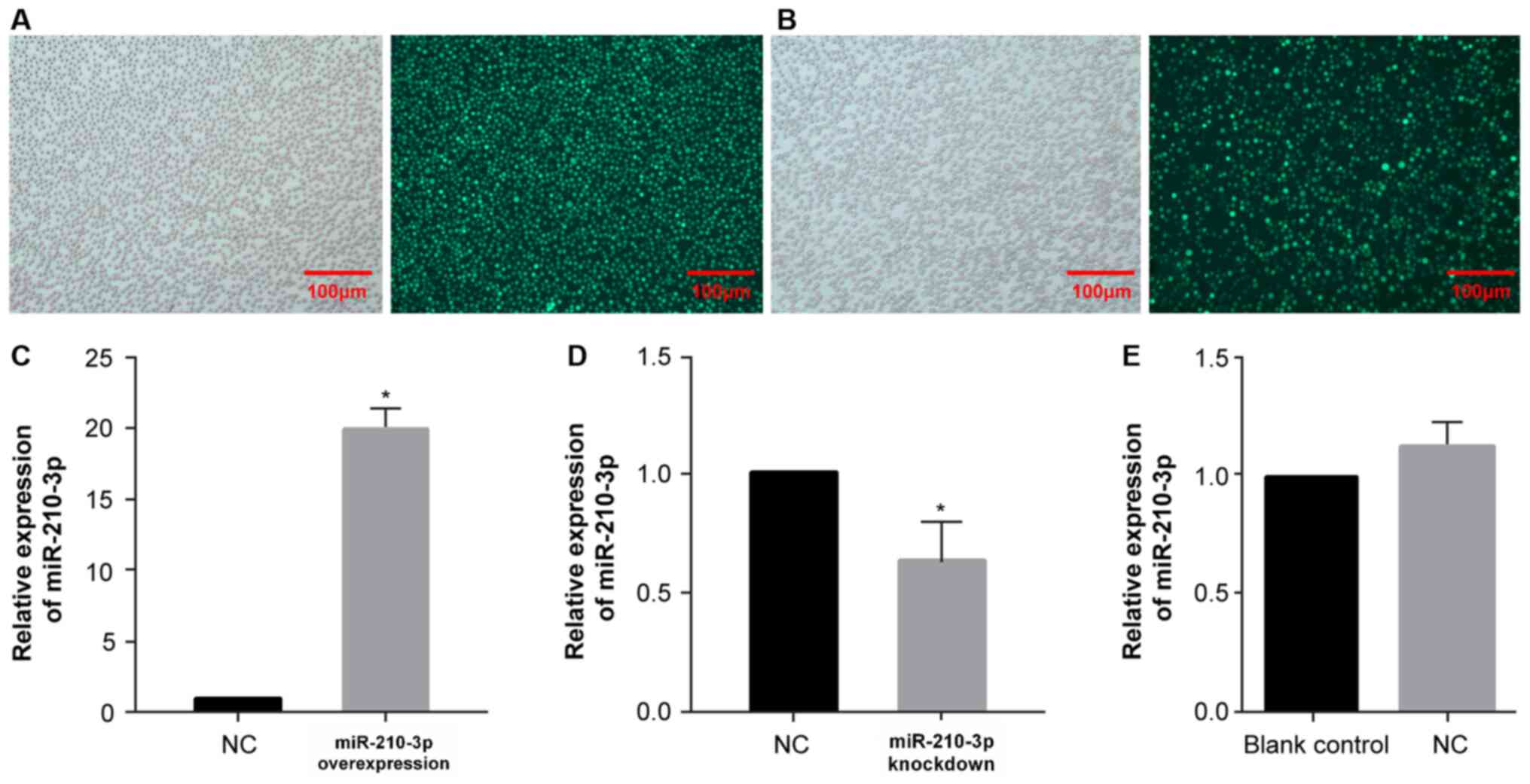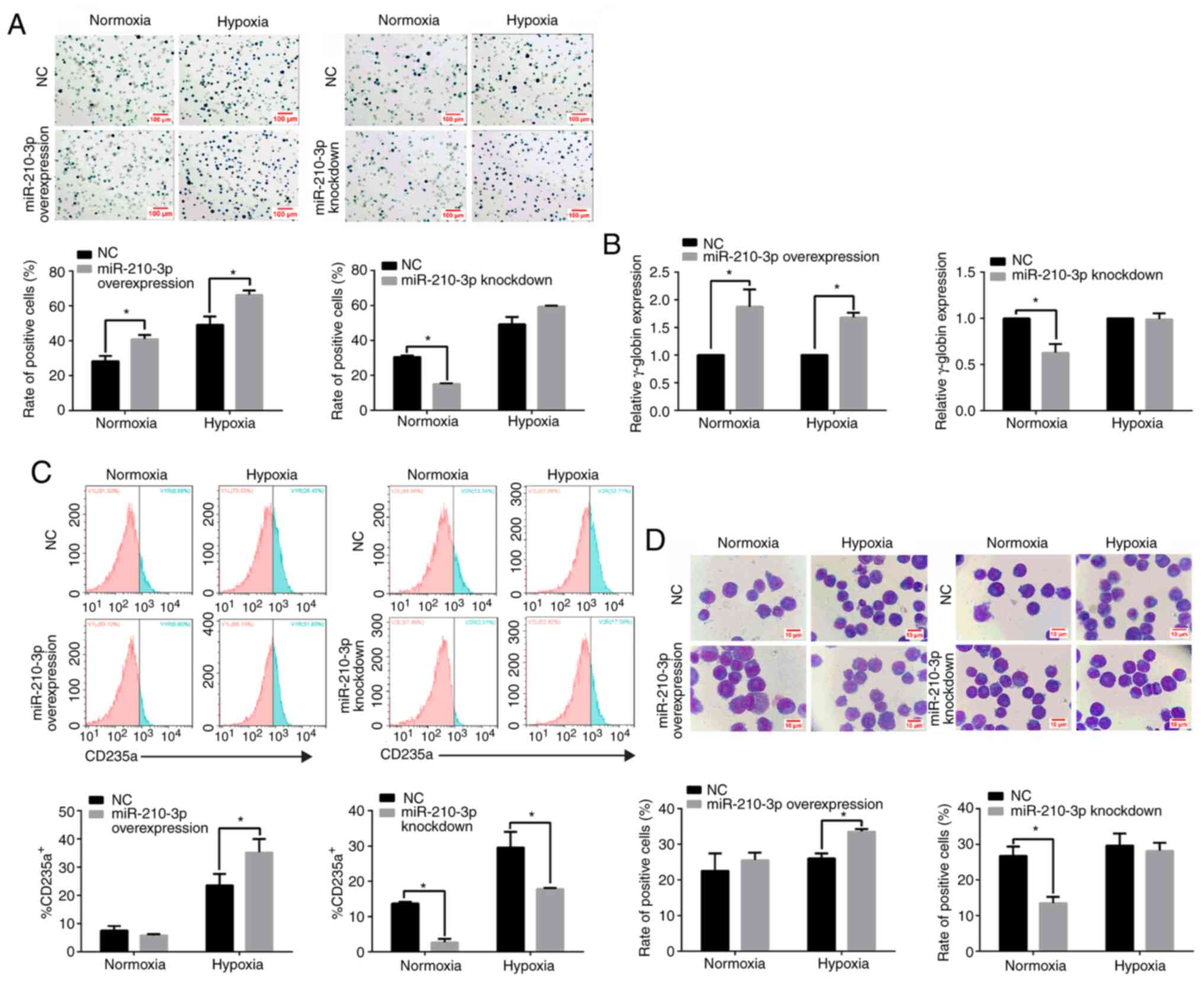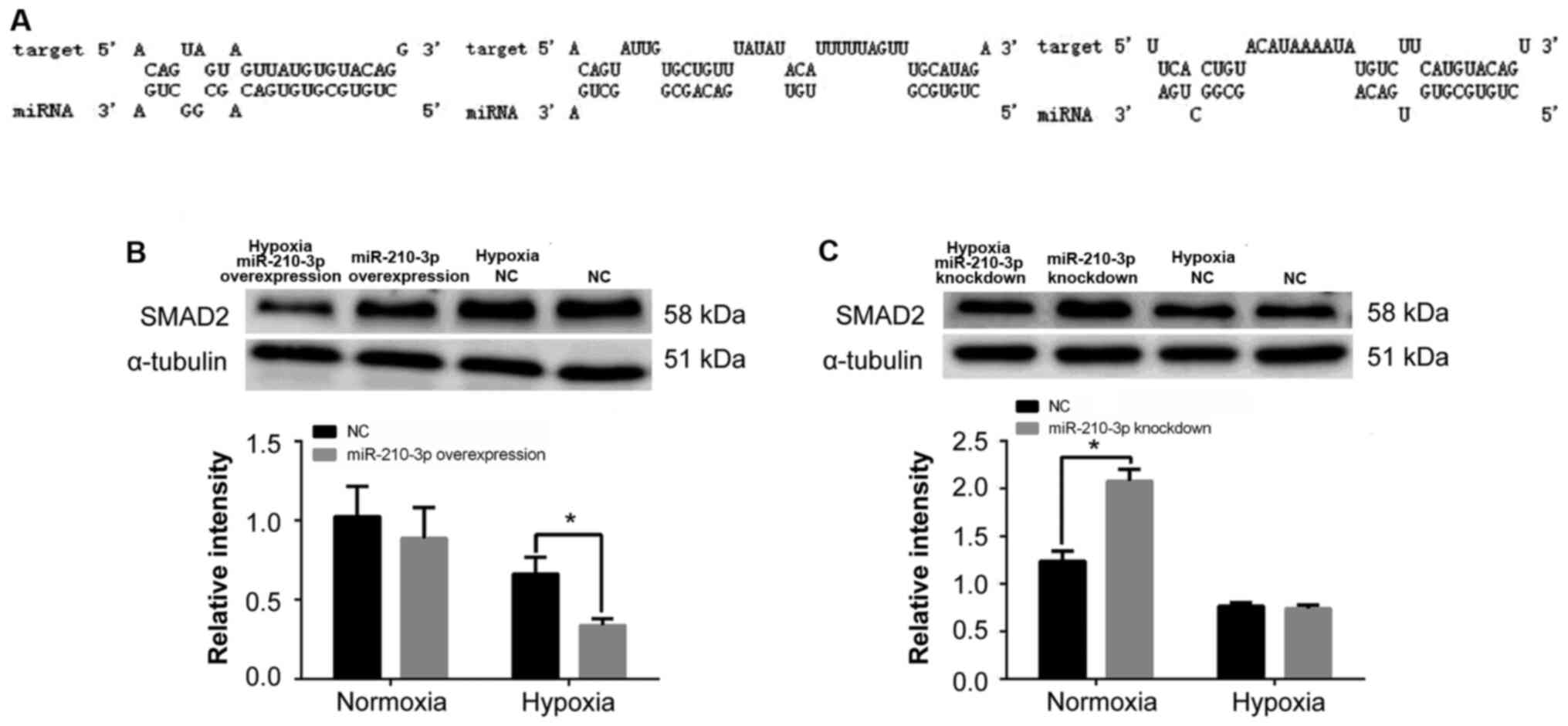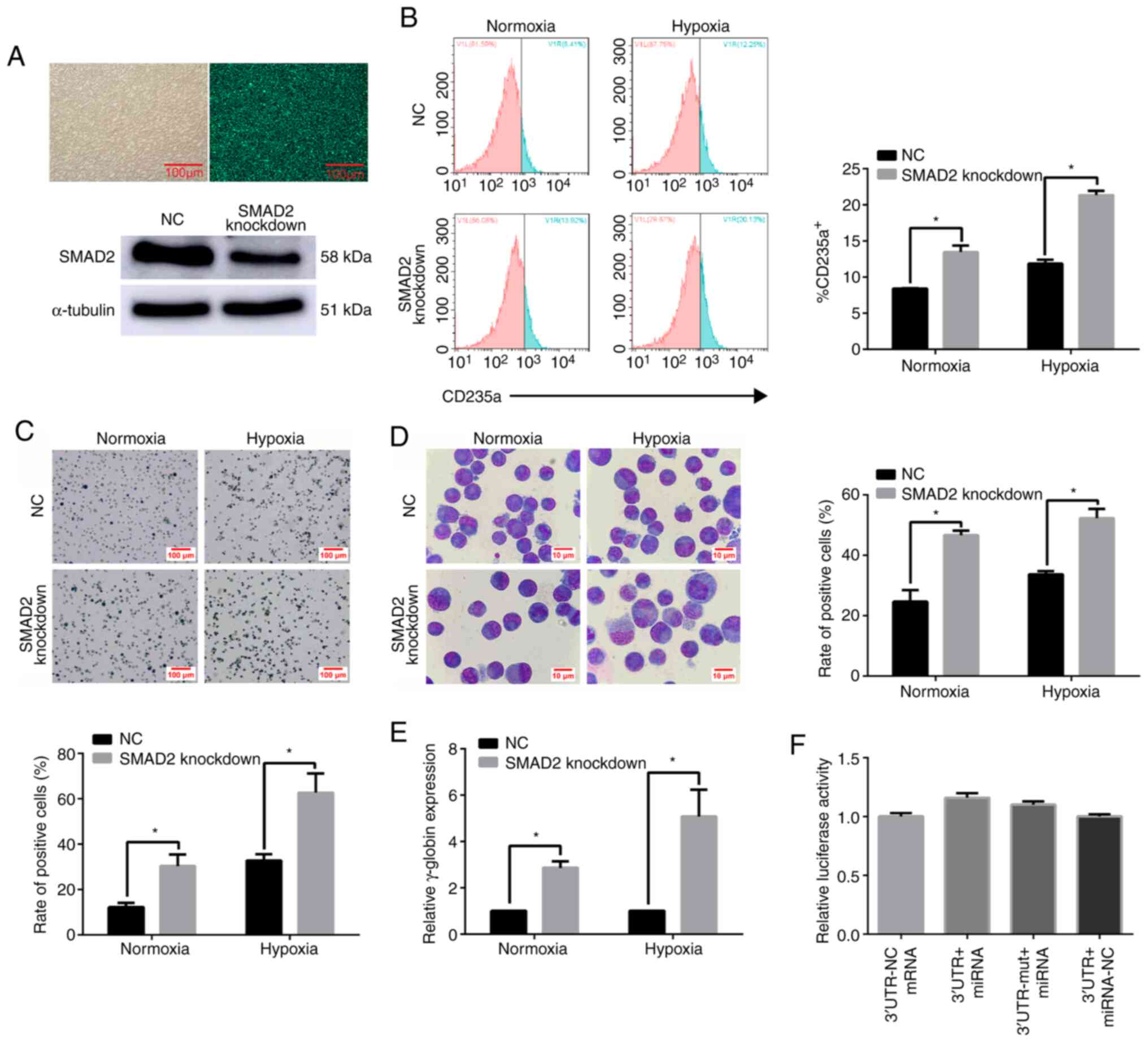|
1
|
Kerenyi MA and Orkin SH: Networking
erythropoiesis. J Exp Med. 207:2537–2541. 2010. View Article : Google Scholar : PubMed/NCBI
|
|
2
|
Haase VH: Hypoxic regulation of
erythropoiesis and iron metabolism. Am J Physiol Ren Physiol.
299:F1–F13. 2010. View Article : Google Scholar : PubMed/NCBI
|
|
3
|
Narayan AD, Ersek A, Campbell TA, Colón
DM, Pixley JS and Zanjani ED: The effect of hypoxia and stem cell
source on haemoglobin switching. Br J Haematol. 128:562–570. 2005.
View Article : Google Scholar : PubMed/NCBI
|
|
4
|
Rogers HM, Yu X, Wen J, Smith R, Fibach E
and Noguchi CT: Hypoxia alters progression of the erythroid
program. Exp Hematol. 36:17–27. 2008. View Article : Google Scholar : PubMed/NCBI
|
|
5
|
Vlaski M, Lafarge X, Chevaleyre J, Duchez
P, Boiron JM and Ivanovic Z: Low oxygen concentration as a general
physiologic regulator of erythropoiesis beyond the EPO-related
downstream tuning and a tool for the optimization of red blood cell
production ex vivo. Exp Hematol. 37:573–584. 2009. View Article : Google Scholar : PubMed/NCBI
|
|
6
|
Ferreira R, Ohneda K, Yamamoto M and
Philipsen S: GATA1 Function, a paradigm for transcription factors
in hematopoiesis. Mol Cell Biol. 25:1215–1227. 2005. View Article : Google Scholar : PubMed/NCBI
|
|
7
|
Yu M, Riva L, Xie H, Schindler Y, Moran
TB, Cheng Y, Yu D, Hardison R, Weiss MJ, Orkin SH, et al: Insights
into GATA-1-mediated gene activation versus repression via
genome-wide chromatin occupancy analysis. Mol Cell. 36:682–695.
2009. View Article : Google Scholar : PubMed/NCBI
|
|
8
|
Scherzer CR, Grass JA, Liao Z, Pepivani I,
Zheng B, Eklund AC, Ney PA, Ng J, McGoldrick M, Mollenhauer B, et
al: GATA transcription factors directly regulate the Parkinson's
disease-linked gene alpha-synuclein. Proc Natl Acad Sci USA.
105:10907–10912. 2008. View Article : Google Scholar : PubMed/NCBI
|
|
9
|
Crispino JD: GATA1 in normal and malignant
hematopoiesis. Semin Cell Dev Biol. 16:137–147. 2005. View Article : Google Scholar : PubMed/NCBI
|
|
10
|
Cantor AB and Orkin SH: Transcriptional
regulation of erythropoiesis: an affair involving multiple
partners. Oncogene. 21:3368–3376. 2002. View Article : Google Scholar : PubMed/NCBI
|
|
11
|
Dore LC, Amigo JD, Dos Santos CO, Zhang Z,
Gai X, Tobias JW, Yu D, Klein AM, Dorman C, Wu W, et al: A
GATA-1-regulated microRNA locus essential for erythropoiesis. Proc
Natl Acad Sci USA. 105:3333–3338. 2008. View Article : Google Scholar : PubMed/NCBI
|
|
12
|
Nilsen TW: Mechanisms of microRNA-mediated
gene regulation in animal cells. Trends Genet. 5:243–249. 2007.
View Article : Google Scholar : PubMed/NCBI
|
|
13
|
Bianchi N, Zuccato C, Finotti A, Lampronti
I, Borgatti M and Gambari R: Involvement of miRNA in erythroid
differentiation. Epigenomics. 4:51–65. 2012. View Article : Google Scholar : PubMed/NCBI
|
|
14
|
Huang X, Le QT and Giaccia AJ:
MiR-210-micromanager of the hypoxia pathway. Trends Mol Med.
16:230–237. 2010. View Article : Google Scholar : PubMed/NCBI
|
|
15
|
Kosaka N, Sugiura K, Yamamoto Y, Yoshioka
Y, Miyazaki H, Komatsu N, Ochiya T and Kato T: Identification of
erythropoietin-induced microRNAs in haematopoietic cells during
erythroid differentiation. Br J Haematol. 142:293–300. 2008.
View Article : Google Scholar : PubMed/NCBI
|
|
16
|
Rowley PT, Ohlsson-Wilhelm BM, Farley BA
and LaBella S: Inducers of erythroid differentiation in K562 human
leukemia cells. Exp Hematol. 9:32–37. 1981.PubMed/NCBI
|
|
17
|
Gahmberg CG and Andersson LC: K562-a human
leukemia cell line with erythroid features. Semin Hematol.
18:72–77. 1981.PubMed/NCBI
|
|
18
|
Livak KJ and Schmittgen TD: Analysis of
relative gene expression data using real-time quantitative PCR and
the 2(-Delta Delta C(T)) method. Methods. 25:402–408. 2002.
View Article : Google Scholar : PubMed/NCBI
|
|
19
|
Mazan-Mamczarz K and Gartenhaus RB: Role
of microRNA deregulation in the pathogenesis of diffuse large
B-cell lymphoma (DLBCL). Leuk Res. 37:1420–1428. 2013. View Article : Google Scholar : PubMed/NCBI
|
|
20
|
Fish JE, Santoro MM, Morton SU, Yu S, Yeh
RF, Wythe JD, Ivey KN, Bruneau BG, Stainier DY and Srivastava D:
miR-126 regulates angiogenic signaling and vascular integrity. Dev
Cell. 15:272–284. 2008. View Article : Google Scholar : PubMed/NCBI
|
|
21
|
Abend JR, Uldrick T and Ziegelbauer JM:
Regulation of tumor necrosis factor-like weak inducer of apoptosis
receptor protein (TWEAKR) expression by kaposi's sarcoma-associated
herpesvirus MicroRNA prevents tweak-induced apoptosis and
inflammatory cytokine expression. J Virol. 84:12139–12151. 2010.
View Article : Google Scholar : PubMed/NCBI
|
|
22
|
Shivdasani RA: MicroRNAs: Regulators of
gene expression and cell differentiation. Blood. 108:3646–3653.
2006. View Article : Google Scholar : PubMed/NCBI
|
|
23
|
Bapat A, Schippel N, Shi X, Jasbi P, Gu H,
Kala M, Sertil A and Sharma S: Hypoxia promotes erythroid
differentiation through the development of progenitors and
proerythroblasts. Exp Hematol. 97:32–46.e35. 2021. View Article : Google Scholar : PubMed/NCBI
|
|
24
|
Kaelin WG Jr and Ratcliffe PJ: Oxygen
sensing by metazoans: The central role of the HIF hydroxylase
pathway. Mol Cell. 30:393–402. 2008. View Article : Google Scholar : PubMed/NCBI
|
|
25
|
Windsor JS and Rodway GW: Heights and
haematology: The story of haemoglobin at altitude. Postgrad Med J.
83:148–151. 2007. View Article : Google Scholar : PubMed/NCBI
|
|
26
|
Noguchi CT and Rogers H: Hypoxia alters
progression of the erythroid program. Exp Hematol. 2:163. 2007.
|
|
27
|
Welch JJ, Watts JA, Vakoc CR, Yao Y, Wang
H, Hardison RC, Blobel GA, Chodosh LA and Weiss MJ: Global
regulation of erythroid gene expression by transcription factor
GATA-1. Blood. 10:3136–3147. 2004. View Article : Google Scholar : PubMed/NCBI
|
|
28
|
Wu J, Zhou LQ, Yu W, Zhao ZG, Xie XM, Wang
WT, Xiong J, Li M, Xue Z, Wang X, et al: PML4 facilitates erythroid
differentiation by enhancing the transcriptional activity of
GATA-1. Blood. 123:261–270. 2014. View Article : Google Scholar : PubMed/NCBI
|
|
29
|
Doss JF, Corcoran DL, Jima D, Telen MJ,
Dave SS and Chi JT: A comprehensive joint analysis of the long and
short RNA transcriptomes of human erythrocytes. BMC Genomics.
16:952. 2015. View Article : Google Scholar : PubMed/NCBI
|
|
30
|
Rasmussen KD, Simmini S, Abreugoodger C,
Bartonicek N, Di Giacomo M, Bilbao-Cortes D, Horos R, Von Lindern
M, Enright AJ and O'Carroll D: The miR-144/451 locus is required
for erythroid homeostasis. J Exp Med. 207:1351–1358. 2010.
View Article : Google Scholar : PubMed/NCBI
|
|
31
|
Undi RB, Kandi R and Gutti RK: MicroRNAs
as haematopoiesis regulators. Adv Hematol. 2013:6957542013.
View Article : Google Scholar : PubMed/NCBI
|
|
32
|
Xie Y, Li W, Feng J, Wu T and Li J:
MicroRNA-363 and GATA-1 are regulated by HIF-1α in K562 cells under
hypoxia. Mol Med Rep. 14:2503–2510. 2016. View Article : Google Scholar : PubMed/NCBI
|
|
33
|
Raghuwanshi S, Karnati HK, Sarvothaman S,
Gutti U, Saladi RGV, Tummala PR and Gutti RK: microRNAs: Key
players in hematopoiesis. Adv Exp Med Bio. 887:171–211. 2015.
View Article : Google Scholar : PubMed/NCBI
|
|
34
|
Sarakul O, Vattanaviboon P, Tanaka Y,
Fucharoen S, Abe Y, Svasti S and Umemura T: Enhanced erythroid cell
differentiation in hypoxic condition is in part contributed by
miR-210. Blood Cells Mol Dis. 51:98–103. 2013. View Article : Google Scholar : PubMed/NCBI
|
|
35
|
Zhu Y, Wang D, Wang F, Li T, Dong L, Liu
H, Ma Y, Jiang F, Yin H, Yan W, et al: A comprehensive analysis of
GATA-1-regulated miRNAs reveals miR-23a to be a positive modulator
of erythropoiesis. Nucleic Acids Res. 41:4129–4143. 2013.
View Article : Google Scholar : PubMed/NCBI
|
|
36
|
Liu B, Sun J, Lei X, Zhu Z, Pei C and Qin
L: MicroRNA-486-5p suppresses TGF-β2-induced proliferation,
invasion and epithelial-mesenchymal transition of lens epithelial
cells by targeting Smad2. J Biosci. 42:575–584. 2017. View Article : Google Scholar : PubMed/NCBI
|
|
37
|
AlMegbel AM and Shuler CF: SMAD2
overexpression rescues the TGF-β3 null mutant mice cleft palate by
increased apoptosis. Differentiation. 111:60–69. 2020. View Article : Google Scholar : PubMed/NCBI
|
|
38
|
Cheung KS, Sposito N, Stumpf PS, Wilson
DI, Sanchez-Elsner T and Oreffo ROC: MicroRNA-146a regulates human
foetal femur derived skeletal stem cell differentiation by
down-regulating SMAD2 and SMAD3. PLoS One. 9:e980632014. View Article : Google Scholar : PubMed/NCBI
|
|
39
|
Söderberg SS, Karlsson G and Karlsson S:
Complex and context dependent regulation of hematopoiesis by TGF-β
superfamily signaling. Ann N Y Acad Sci. 1176:55–69. 2009.
View Article : Google Scholar
|
|
40
|
Blank U and Karlsson S: The role of Smad
signaling in hematopoiesis and translational hematology. Leukemia.
25:1379–1388. 2011. View Article : Google Scholar : PubMed/NCBI
|
|
41
|
Shav-Tal Y and Zipori D: The role of
activin A in regulation of hemopoiesis. Stem Cells. 20:493–500.
2002. View Article : Google Scholar : PubMed/NCBI
|
|
42
|
Shiozaki M, Sakai R, Tabuchi M, Nakamura
T, Sugino K, Sugino H and Eto Y: Evidence for the participation of
endogenous activin A/erythroid differentiation factor in the
regulation of erythropoiesis. Proc Natl Acad Sci USA. 89:1553–1556.
1992. View Article : Google Scholar : PubMed/NCBI
|
|
43
|
Zhou L, Nguyen AN, Sohal D, Ma JY,
Pahanish P, Gundabolu K, Hayman J, Chubak A, Mo Y, Bhagat TD, et
al: Inhibition of the TGF-β receptor I kinase promotes
hematopoiesis in MDS. Blood. 112:3434–3443. 2008. View Article : Google Scholar : PubMed/NCBI
|
|
44
|
Dussiot M, Maciel TT, Fricot A, Chartier
C, Negre O, Veiga J, Grapton D, Paubelle E, Payen E, Beuzard Y, et
al: An activin receptor IIA ligand trap corrects ineffective
erythropoiesis in β-thalassemia. Nat Med. 20:398–407. 2014.
View Article : Google Scholar : PubMed/NCBI
|
|
45
|
Suragani RN, Cawley SM, Li R, Wallner S,
Alexander MJ, Mulivor AW, Gardenghi S, Rivella S, Grinberg AV,
Pearsall RS and Kumar R: Modified activin receptor IIB ligand trap
mitigates ineffective erythropoiesis and disease complications in
murine β-thalassemia. Blood. 123:3864–3872. 2014. View Article : Google Scholar : PubMed/NCBI
|
|
46
|
Suragani RN, Cadena SM, Cawley SM, Sako D,
Mitchell D, Li R, Davies MV, Alexander MJ, Devine M, Loveday KS, et
al: Transforming growth factor-β superfamily ligand trap ACE-536
corrects anemia by promoting late-stage erythropoiesis. Nat Med.
20:408–414. 2014. View Article : Google Scholar : PubMed/NCBI
|
|
47
|
Martinez PA, Li R, Ramanathan HN, Bhasin
M, Persall RS, Kumar R and Suragani RNVS: Smad2/3-pathway ligand
trap luspatercept enhances erythroid differentiation in murine
β-thalassaemia by increasing GATA-1 availability. J Cell Mol Med.
24:6162–6177. 2020. View Article : Google Scholar : PubMed/NCBI
|
|
48
|
Wu F, Weigel KJ, Zhou H and Wang XJ:
Paradoxical roles of TGF-β signaling in suppressing and promoting
squamous cell carcinoma. Acta Biochim Biophys Sin (Shanghai).
50:730. 2018. View Article : Google Scholar : PubMed/NCBI
|
|
49
|
Tannehill-Gregg SH, Kusewitt DF, Rosol TJ
and Weinstein M: The roles of Smad2 and Smad3 in the development of
chemically induced skin tumors in mice. Vet Pathol. 41:278–282.
2004. View Article : Google Scholar : PubMed/NCBI
|
|
50
|
Phuah NH, Azmi MN, Awang K and Nagoor NH:
Down-regulation of microRNA-210 confers sensitivity towards
1′s-1′-acetoxychavicol acetate (ACA) in cervical cancer cells by
targeting SMAD4. Mol Cells. 40:291–298. 2017. View Article : Google Scholar : PubMed/NCBI
|
|
51
|
Mizuno Y, Tokuzawa Y, Ninomiya Y, Yagi K,
Yatsuka-Kanesaki Y, Suda T, Fukuda T, Katagiri T, Kondoh Y, Amemiya
T, et al: miR-210 promotes osteoblastic differentiation through
inhibition of AcvR1b. FEBS Lett. 583:2263–2268. 2009. View Article : Google Scholar : PubMed/NCBI
|
|
52
|
Miyazono K, Maeda S and Imamura T: BMP
receptor signaling: Transcriptional targets, regulation of signals,
and signaling cross-talk. Cytokine Growth Factor Rev. 16:251–263.
2005. View Article : Google Scholar : PubMed/NCBI
|
|
53
|
Maeda S, Hayashi M, Komiya S, Imamura T
and Miyazono K: Endogenous TGF-beta signaling suppresses maturation
of osteoblastic mesenchymal cells. EMBO J. 23:552–563. 2004.
View Article : Google Scholar : PubMed/NCBI
|















